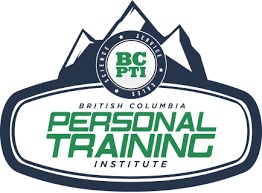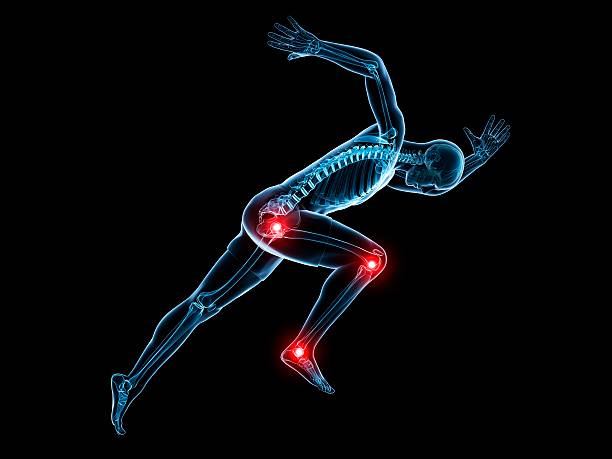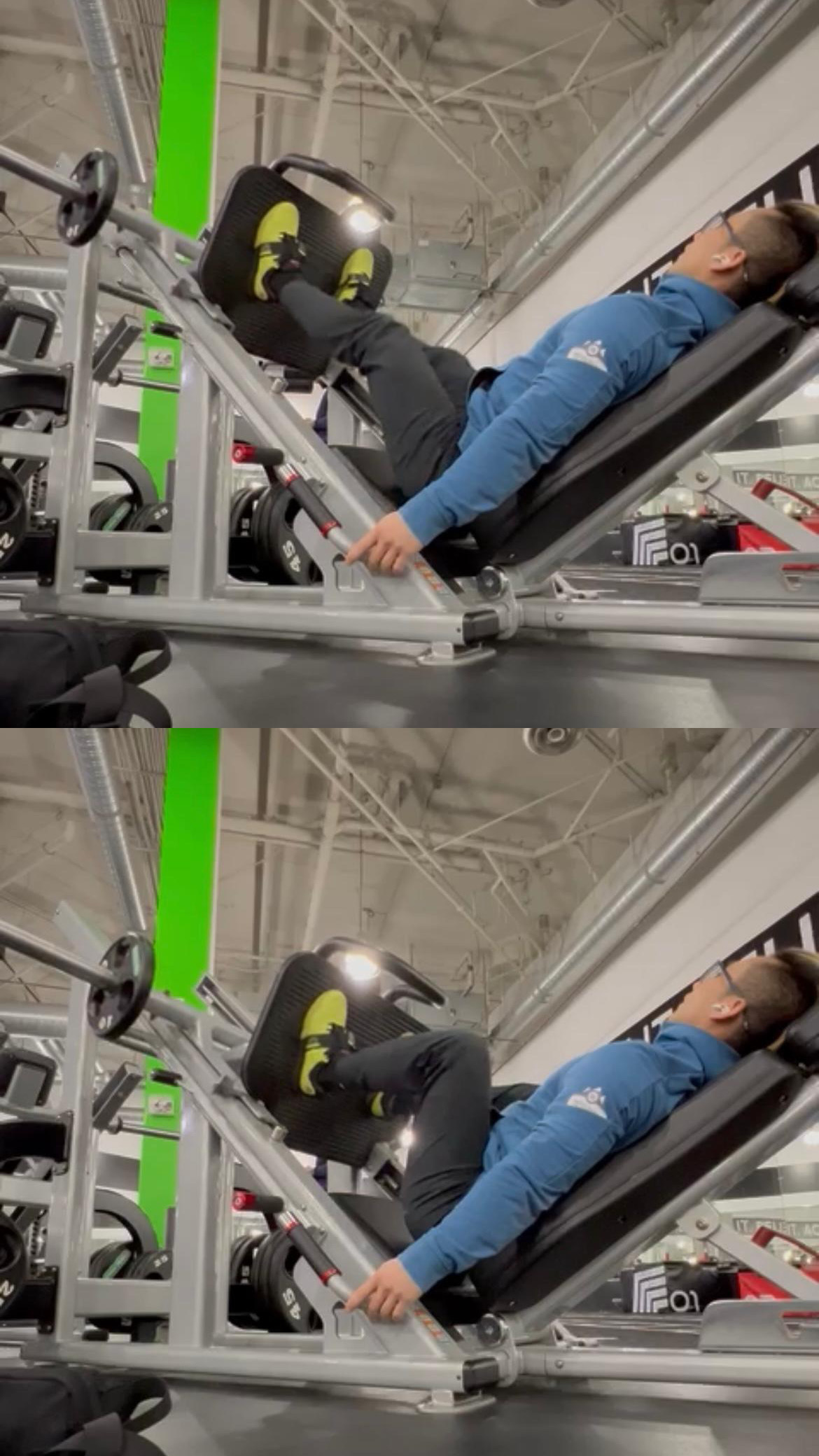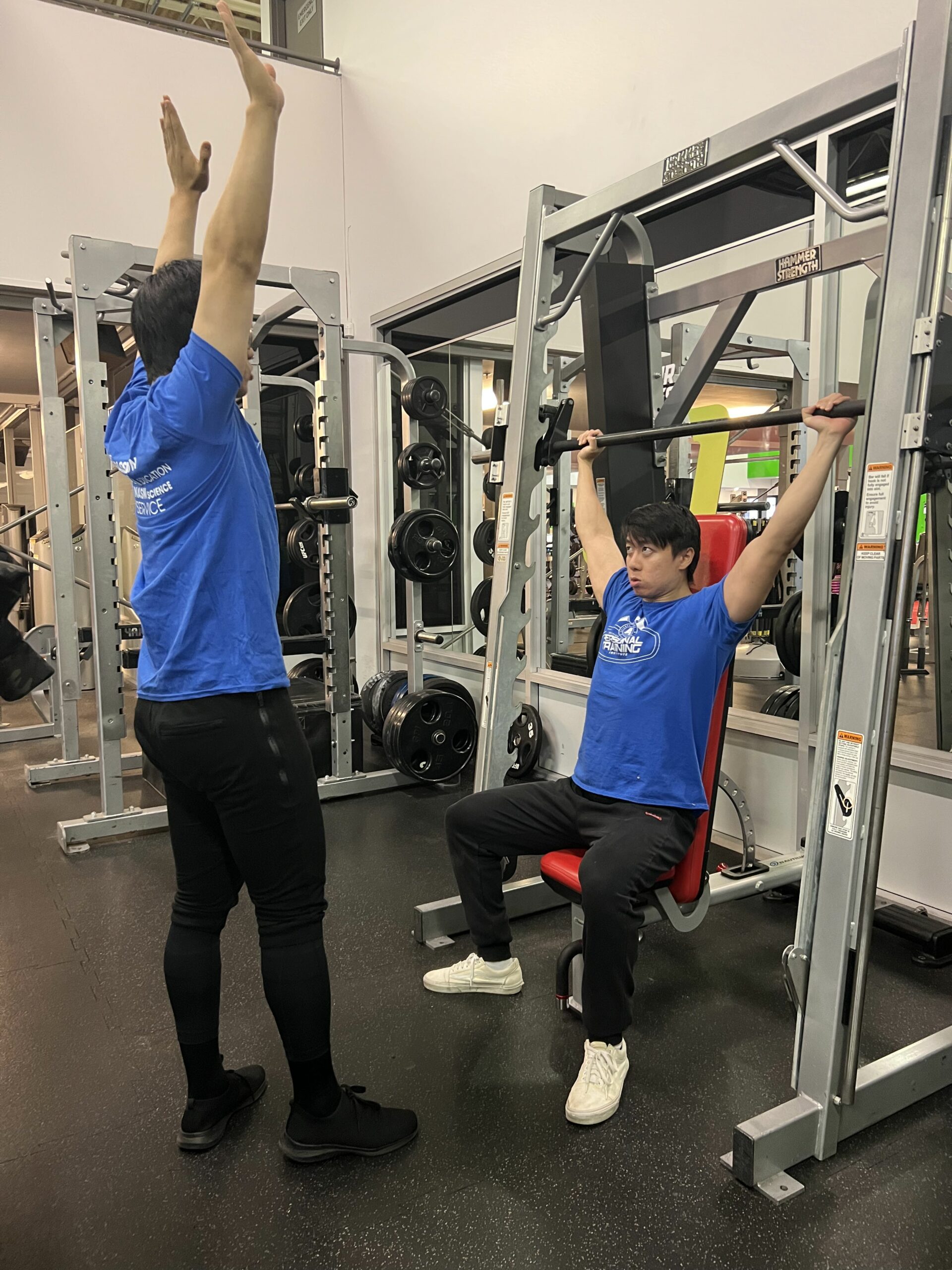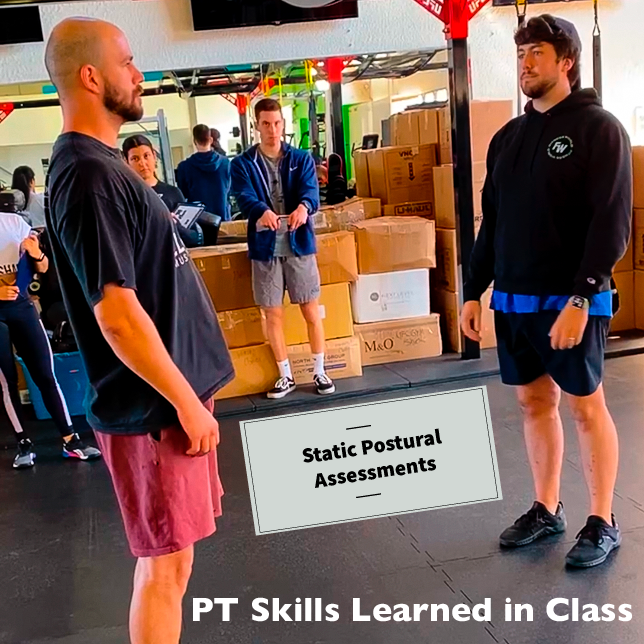To do or not to do, this is the question of the day.
I get a lot of questions about exercises you should or shouldn’t do – call them contraindicated if u may. Some of the most popular contraindicated exercises are:
- Good Mornings
- Crunches / Sit-ups
- Behind the Neck Press
I can biomechanically explain why each of these exercises can sometimes be problematic but I’d rather spend my time explaining how to assess and manage movement via feedback to ensure safe and effective programming.
First things first, People are contraindicated, not exercises.That being said, this doesn’t mean I believe these exercises should often be prescribed. It means that clients and trainers must determine whether to use a given exercise based on a risk to benefits analysis. To that end, perform the following:
- Needs / gaps analysis: will this movement help achieve a specified fitness, function or performance goal? Or will it uniquely fill a gap that exists? YES or NO
- Safety: Can the client “manage (see below)” this movement well YES or NO
- Effectiveness: is this movement more effective than other, potentially safer variants YES or NO
Based on the above, the appropriateness of a movement is based on need and the client’s “ability” to successfully repeat without pain, major instability or restriction. In many cases, when measured against goals and ability, most exercises should be excluded or regressed.
In this sense the foundation for any analysis is assessment. But knowing what to assess, again, requires more movement analysis. First, determine what movements are required, particularly the portions of the movement that most people struggle with performing well. Therefore, before deciding against a goal specific exercise, remember the following:
- Assess don’t guess…
- The leader of one biomechanically sound rep is the leader of many
Based on the above there are a lot of people who shouldn’t perform “behind the neck lat pulldowns” but there are many people who have the ability to successfully perform this movement. Below we will briefly examine & relate exercise selection to the:
- biomechanical elements for success in each movement
- a safe and effective method to measure the ability / element
- what to do when the ability doesn’t exist
This isn’t a Prepair2Perform article so will focus less on assessment and more on how to recognize movement is compromised, along with the most appropriate regressions to avoid the major compensational issues. No matter what movement, analyze what’s required for success, the benefits and then manage the 6 killers with assessment and proper progression. The nashFIT & NASM models below outline the principle of progression and therefore illustrate the essence of managing functional killers:
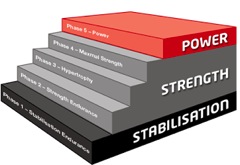
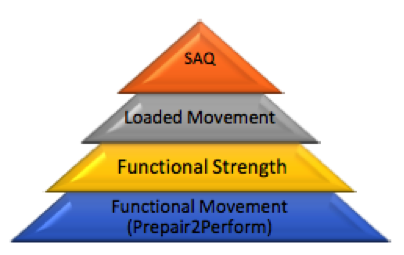
Poor posture and joint instability:
If a client has either of the major postural distortion syndromes, you can assume that some muscles are overactive with others underactive. If joints are “stuck” in a posture movements opposite of the posture will often be restricted, leading to greater ripping, tearing and shearing of tissue opposing that movement.
Range of motion:
Due to the above, overuse of muscles, trigger points, myofascial adhesions, poor joint centricity, previous injury and or poor coordination the ability to easily move without compensation is difficult. Exercises should only be performed until a compensation occurs.
Load:
Only add load if full ROM and then posture / joint stability maintained without noteable change. Progress the weight lifted based on this principle
Velocity of movement:
Start with slower movements, eventually through a full range of motion, followed by an emphasis on eccentric contractions.
Complexity:
Refers to the method of overloading coordination from low / simple to high / complex.
Fatigue:
When any exercise is mastered, begin to add volume via perfect practice. Remember, ” the leader of 1 biomechanically sound rep is the leader of many future repetitions”
The below table illustrates an effective method of assessment and progression for “Good Mornings”, an often frowned upon / contraindicated exercise. When a proper analysis is combined with:
- Proper progression,
- Technical coaching
- Vigilant monitoring
any beneficial exercise can be safe and effective at achieving the desired outcome or goal.
Good Mornings
Goal(s): improve lower back strength, reduce lower back pain & lumbopelvic hip complex dysfunction, activate posterior chain, improve lower cross syndrome, and create a solid foundation for squats, deadlifts, Olympic lifts, Kettlebell Swings. That’s right reduce, not cause lower back pain. Remember “Exercises are not contraindicated, People are”
Assessment:-Bridge-SLR-Prone CobraTraining Progression-SMR Soleus, Plantar Fascia & Hamstrings-Strengthen Spinal Extension
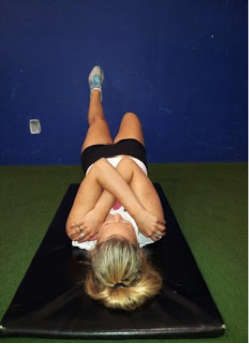
Assess Glute & Low Back Function
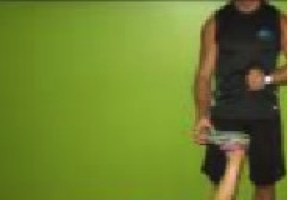
Assess Posterior Leg Range of Motion
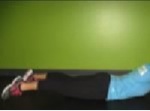
Assess Low Back Endurance
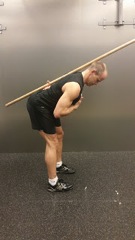
Stability
Ensure clients can perform a neutral hinge (i.e. can hinge from hips). Train this ability until desired range of motion & alignment is achieved. Make it part of your warm-up
Assess Glute & Low Back Function
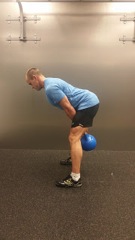
Strength
As the glutes are often underactive, begin the loaded progression w a hip dominant, short lever hinge

Progress load to spinal extension dominant good morning. The Bulgarian Bag’s unique design and handles allow people to pull the elbows together & fwd to enhance thoracic / upper back extension & activation
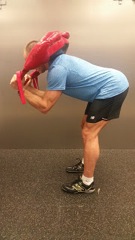
Power
Once Mobility, stability and loaded stability have been mastered, add high velocity, highly coordinated movements, with the additional progressions of fatigue / high volume
Good Mornings Training:-Neutral Hinge- Bulgarian Bag Hinge- KB Swing- Plate or Sandbell Jump Squat Swing
Assessment & P2P:Thomas TestP2P: SMR Low Back, Hip Flexors
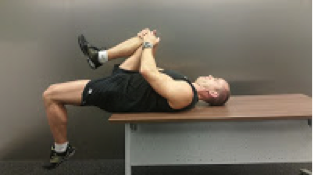
Tight hip flexor & lower back muscles are a major problem that creates lower back problems when people crunch & sit-up
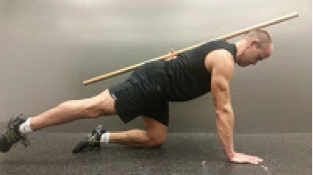
If someone can achieve a full range of motion neutral / stable bird dog, the likelihood of sit-ups creating low back shear via hip flexor dominance is low
Crunches / Sit-up Training:-10 & 2 Child’s Pose -Dead Bug-Neutral Bird Dog
Assessment & P2P:Wall Field Goal PostSMR Shoulder Abductors & Internal Rotators
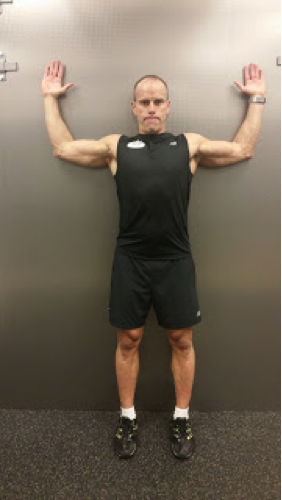
Clearly something I need to work on, 90′ external rotation w a neutral spine (monitor the lower back & shoulder elevation is the prerequisite for performing behind the neck pulls & press

Men = 8-10lb, Woman = 3-5lbIf clients can’t keep the arms at ear levels while pressing these loads, they do not have the prerequisite strength, mobility in the posterior deltoid / chain to successfully take advantage of behind the neck overhead movements
Behind the Neck Press Training:Prone 3-10lb Press
Extensive functional movement assessment, professional assistance & progression are the essence of my both courses I teach. The NASM CPT & nashFIT courses are philosophically aligned, built on a system of progression and regression, and the best models I have seen over my 12 years of certifying fitness and performance instructors. Use these exercises to test and challenge your functional foundations. I look fwd to your feedback.
Chad Benson
